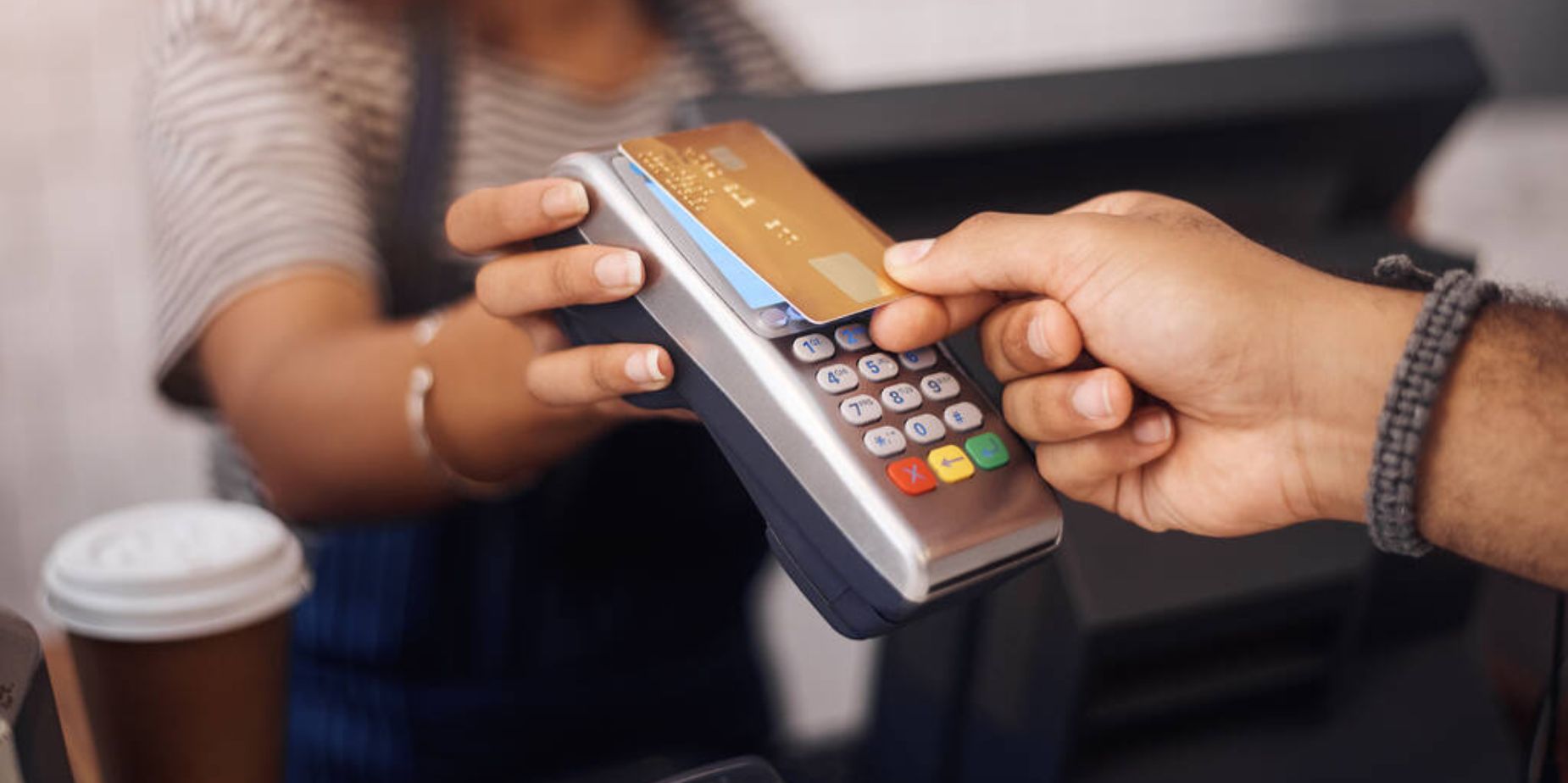Digital vs Physical Experience in Marketing In Nigeria

Usually, people get it mixed up thinking of digital marketing and experiential marketing as two separate entities. Truth be told, for a brand to create a diverse multiple channel strategy to connect their brand to customers – they need to leverage on both digital (online) and physical (offline) marketing.
If your brand is among those that silo out the marketing campaigns by department or agency. The truth is, digital marketing and experiential marketing should go hand-in-hand. There is a greater successes when marketing is integrated but this is not to say digital marketing and experiential marketing aren’t serving different purpose in regards to how they are executed, channels of integrated and how customers interact with each of them.
Let us start by sharing insights and examples of each of them for clarification.
Digital Marketing
No doubt, with digital marketing, brands and businesses are able to promote their product and services to a large audience through digital platforms. Digital marketing may seem like the easiest way to reach customers. Yet, think about all the advertising messages your audience is bombarded with daily. This digital clutter is a stream of never-ending marketing messages, across dozens of devices and platforms. Information overload leads to banner blindness — consumers ignore or don’t even register banner ads they see on the internet.
The numbers speak for themselves. According to Havas 2019 “Meaningful Brands” study, consumers think 58% of content from brands is irrelevant and isn’t meaningful. A survey in 2018 revealed that 41% of marketers believe events are the most effective marketing channel over digital advertising, email marketing, and content marketing.
The fact remains that to connect to a larger audience, digital marketing is the best way to go as it provides the social media platforms such as Facebook, Instagram, Twitter e.t.c. in reaching out to a large group of “potential customers”. Digital marketing can also be defined as the fastest way to promote a product or service.
Experiential Marketing
Technology and social media has made it easier for companies to market to their consumer in some ways. However, these marketing tactics lack the connection and interaction that makes a lasting impression on a consumer.
While it is true that experiential marketing’s origins are in event marketing, the discipline has become so much more than that. In the past, a brand focused its event marketing on generating demand to amplify brand awareness and reach. Today, brands focus their events on live experiences—personalized, one-to-one engagement—which goes beyond mere brand awareness to gathering data to provide real-time insights on engagement and other behaviors to drive ROI. In fact, experiential marketing can work in multiple channel sectors such as travel, tourism, gaming, sports, or any form of physical interactive gathering.
Experiential marketing breaks from tradition and satisfies three important requirements:
- It provides a type of interaction not possible before with fixed, static images.
- It can blend physical and digital outreach in the form of in-person events, often simultaneously live-streamed to a wider online audience.
- Last, it better fits into the dynamic digital landscape. This is defined by videos and gifs — and more broadly, by “storytelling” rather than straight-up “selling.”
The 2018 Edelman Earned Brand study found that consumers want to support brands that provide immersive experiences. Experiential marketing is a terrific way to engage current and potential customers and connect with them emotionally. On top of experiential marketing, utilizing online channels through digital marketing can also be a great way to merge both digital and physical experiences across multiple touchpoints.



